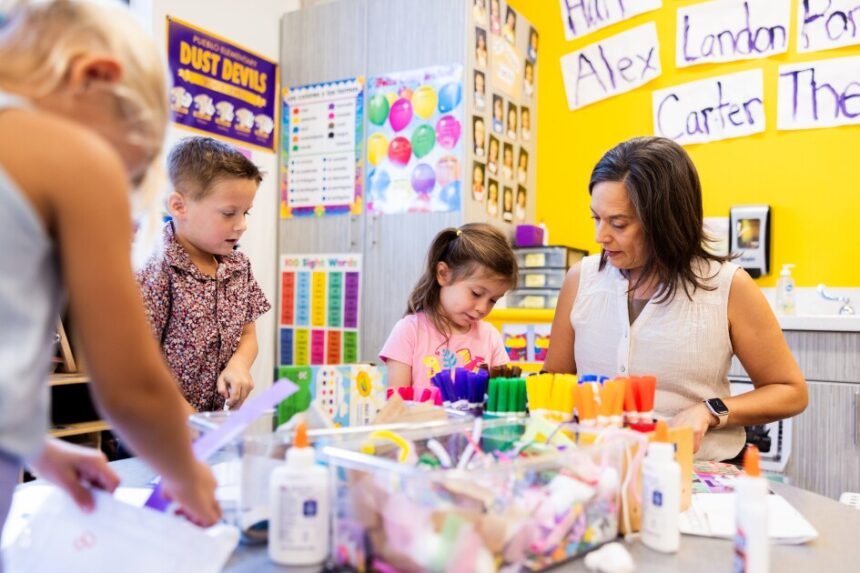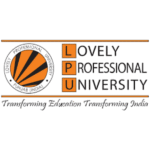Which students benefit the most from dual-language programs? The answer, one educator says, is nuanced.
“It isn’t that some English learners benefit, and native English speakers do not. It also depends on what one means by benefiting,” said Patrick Proctor, a former dual-language teacher in Detroit and an education professor at Boston College, during a recent Education Week online event. “The benefits that accrue to different populations in dual language can be very different.”
Dual-language education teaches students core academic subjects in two languages, English and a partner one, which promotes bilingualism. These programs have grown significantly, with more than 3,600 programs nationwide as of 2021, according to the American Councils Research Center. But only about 7.9% of English learners were enrolled in dual-language immersion programs in the 2019-20 school year.
In an EdWeek K-12 Essentials Forum earlier this month, experts addressed the challenges affecting the expansion of these programs and discussed ways to create them equitably so that all students—English learners, native English speakers, and students whose family primarily speaks another language at home—could benefit. (Watch the forum on demand here.)
“There’s such strong research, such a clear consensus about the power of multilingualism. It is above and beyond the highest quality program for our English-learner students, and it’s incredibly powerful for English-dominant students,” said Anya Hurwitz, the president and executive director of Sobrato Early Academic Language Program, based in Oakland, Calif., which works with schools in the state to improve their dual-language programs.
Dual-language programs, she added, “create school communities that are inclusive and acknowledge the beauty of multiple languages, multiple cultures.”
Limitations of dual-language programs
Despite their growth, the number of dual-language programs remains small, which, in turn, prevents English learners from accessing them. This has created a Catch-22, said Proctor.
“Until you have more bilingual programs producing biliterate people, you’re not going to have the linguistic resources in the population to become bilingual teachers in the future,” he said.
Hurwitz added that a shortage of bilingual teachers isn’t the only staffing obstacle. Having educators with previous experience in a bilingual school system or classroom lead schools with dual-language programs makes a huge difference, she said, but those educators are also in short supply.
Teacher shortages and questions about access aren’t a problem inherent to dual-language programs, experts said.
For example, monolingual education, when a student only speaks one language, is common—but it, is not always equitable either, said Proctor.
“Dual-language education, like monolingual education, does not happen in a societal vacuum,” he said. “The best curricula will not work if students don’t get to school, or are hungry, or live in fear of ICE being parked outside of their schools every day.”
While dual-language programs have expanded in recent years, their future remains uncertain as the Trump administration pushes toward an English-only education, and federal funding for English-learner support is at risk, with some teacher-training grants canceled and Title III funding marked for elimination in Trump’s budget proposal, Proctor added.
“No program can overcome these types of issues at scale,” he said. “We need to be careful not to place too much expectation on dual-language programs as a panacea, lest we blame dual language for outcomes that are less about the program and more about the society we live in.”
Dual-language programs should benefit all students, advocates say
Designing a dual-language program that benefits all students requires being intentional and taking into consideration the needs of different groups of students. Hurwitz calls this the “yes and” approach to the work.
“They have multiple [dual-language] programs based on the community of a specific school and the design that they’re trying to advance,” she said.
For example, one-way dual language programs, which serve students who share the same primary language, could benefit English learners—but if a school is filled with a diverse mix of English learners, native English speakers, and heritage language speakers, then other student populations are not being served.
“It [becomes] an either-or, and the politics of that are going to undermine the community and its togetherness on multilingualism being such a powerful overall approach,” said Hurwitz.





